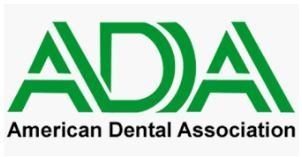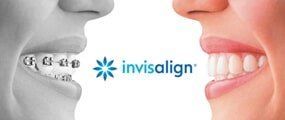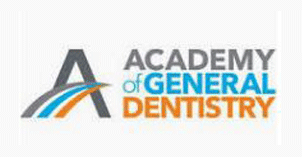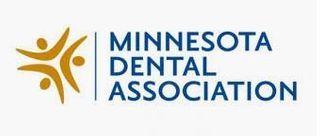Daily oral hygiene is necessary to maintain a healthy smile and prevent tooth decay and periodontal disease. Here are a few tips on technique and the type of oral care products to purchase to help you. Keep in mind that any products you purchase should have the American Dental Association's (ADA) Seal of Acceptance displayed on them. This ensures that the product has met the ADA's criteria for safety and effectiveness. (For more information go to the ADA website at www.ada.org)
Brush: Twice a Day.
It's important to brush your teeth a minimum of 2 times a day to remove plaque and debris or as your health professional recommends.
1. Toothbrush
- Standard: Choose a toothbrush with soft nylon bristles. Most people find a small-to-medium toothbrush head more comfortable and easier to manipulate in your mouth. Your toothbrush should be replaced when the brush begins to lose its shape and the bristles become frayed, no less than every three months.
- Electric: The advantage of using an electric toothbrush is that, in general, it does a better job. The high-speed movement may disrupt the bacterial plaque more effectively. Choose an ADA accredited product such as Sonicare, Oral-B or Crest.
2. Toothpaste
- Choose a toothpaste containing fluoride, approved by the ADA, to help prevent tooth decay.
3. Technique
- Hold the brush at a slight angle where your teeth and gum tissue meet and brush both the inside and outside surfaces of your teeth.
- Move the brush gently back and forth in a small circular motion. To reach the inside surfaces of your front teeth, tilt your brush vertically and use gentle up and down strokes with the head of your toothbrush. Be sure to brush the chewing surfaces of your teeth.
- After you have brushed all the surfaces of all your teeth, use your brush to brush your tongue to help remove bacteria that can cause bad breath.
- Effective brushing usually takes 3-4 minutes.
- Rinse your brush after each use.
Floss: Once a day.
It's important to floss every day to clean the areas that your toothbrush cannot reach.
Technique
- Use a piece of dental floss approximately 18 inches long.
- Wind each end of the floss around your middle fingers, leaving about a 2-inch length between them.
- Hold the floss tightly between your thumbs and forefingers and slide the floss between two teeth.
- When the floss is at the gumline, curve it around one tooth and then move it up and down against the tooth's surface, making sure the floss goes under the gum tissue as low as it will go.
- Move the floss up and down several times to remove plaque under the gum tissue.
- Repeat this procedure on each tooth.
Rinse with antiseptic mouthrinse: Twice a day.
- Use an antiseptic mouthrinse such as Listerine Antiseptic Mouthrinse to help kill bacteria in your mouth.
- Use a periodontal rinse to help prevent plaque that leads to gingivitis and the formation of sulfur compounds which cause bad breath. Use as recommended by your health professional.
Diet:
- A healthy balanced diet helps prevent tooth decay and periodontal disease.
- Limit between-meal snacks and avoid carbonated soft drinks (See Minnesota Dental Associations article “Sip All Day, Get Decay” at www.mndental.org and soft sticky foods that can cling to your teeth.
- If you snack or drink carbonated soft drinks and are not able to brush afterwards, rinse your mouth thoroughly with water.
Call us today to schedule an appointment.
CONTACT INFORMATION
Telephone: (952) 920-9579
Fax: (952) 920-9298
E-mail: info@interlachendental.com
Address: 5101 Vernon Ave, Edina, MN 55436
HOURS OF OPERATION
- Mon - Thu
- -
- Friday
- -
- Sat - Sun
- Closed
PAYMENT OPTIONS



























